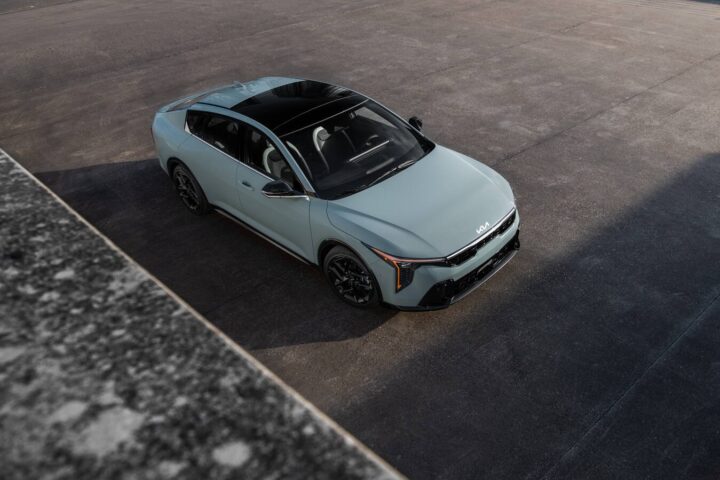TGR Staff
Kia Motors is previewing a range of new technologies developed for the post-autonomous driving era at the Consumer Electronics Show (CES) 2019, to be held in Las Vegas from January 8 to 11.
Building on the the brand’s ‘Beyond Autonomous Driving’ vision for connected vehicles presented at CES 2018, Kia is looking ahead to a time when autonomous driving has become the norm with an interactive ‘Space of Emotive Driving’ exhibit at this year’s show.
In a future where vehicles have the potential to drive themselves, Kia is laying the foundations for major technological development to improve the human mobility experience. Central to the presentation of this ‘Space of Emotive Driving’ vision at CES 2019 is Kia’s new Real-time Emotion Adaptive Driving (R.E.A.D.) System – a world-first emotional AI-based optimized and interactive in-cabin space centered on human senses.
The R.E.A.D. System can optimize and personalize a vehicle cabin space by analyzing a driver’s emotional state in real-time through AI-based bio-signal recognition technology. The technology monitors a driver’s emotional state using sensors to read their facial expressions, heart rate and electrodermal activity. It then tailors the interior environment according to its assessment – potentially altering conditions relating to the five senses within the cabin, creating a more joyful mobility experience. AI deep-learning technology enables the system to establish a baseline in user behavior, and then identify patterns and trends to customize the cabin accordingly.
Mr. Albert Biermann, President and Head of Research & Development Division of Hyundai Motor Group said, “Kia considers the interactive cabin a focal point for future mobility, and the R.E.A.D. System represents a convergence of cutting-edge vehicle control technology and AI-based emotional intelligence. The system enables continuous communication between driver and vehicle through the unspoken language of ‘feeling’, thereby providing an optimal, human-sense oriented space for the driver in real-time.”
The R.E.A.D. System is revealed alongside V-Touch – a world-first virtual touch-type gesture control technology. V-Touch employs a 3D camera to monitor users’ eyes and fingertip, allowing occupants to manage several in-car features via an unobtrusive head-up display. Through simple finger gestures, all vehicle occupants can make changes to the cabin environment, including lighting, HVAC (heating, ventilation and air-conditioning) and entertainment systems, eliminating the need for buttons or touch screen.
Another feature of the innovative R.E.A.D. System is Kia’s music-response vibration seats, where occupants can ‘feel’ their favorite songs as well as listen to them. The sensory-based signal processing technology adapts seat vibrations according to sound frequencies of the music being played. The vibration seats can also be set to massage mode to increase cabin comfort, as well as enhancing safety by providing haptic warnings from the vehicle’s advanced driver-assist systems.
Some of the technical expertise required to make this demo possible arose out of Kia’s research collaboration with the Massachusetts Institute of Technology (MIT) Media Lab’s Affective Computing Group as part of Kia’s Media Lab membership.






















